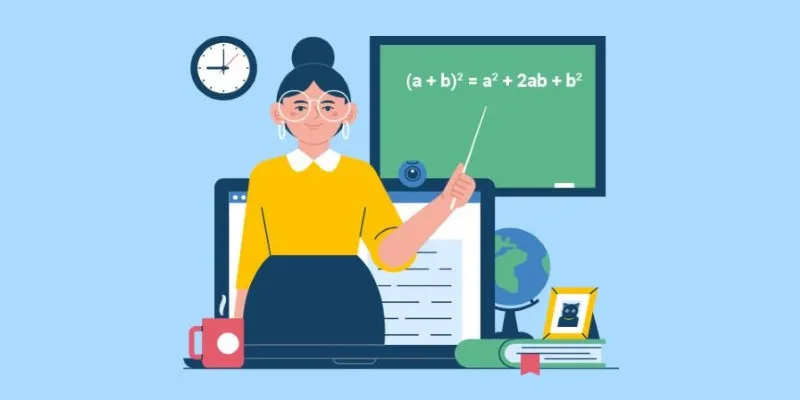Prompt engineering has evolved beyond clever wording or clean formatting. As AI expands into high-stakes fields like legal summaries and medical analysis, the need for accurate, verifiable responses becomes paramount. Enter the Chain of Verification—a game-changer that employs a structured series of prompts to validate and cross-check responses.
This method introduces built-in feedback, transforming prompt creation into a layered process. While AI models still make mistakes, this approach buffers against errors. In this article, we explore how this system elevates prompt engineering for unparalleled accuracy.
Understanding the Chain of Verification: A Process, Not a Patch
The Chain of Verification is a structured method of prompt creation emphasizing built-in feedback loops. Rather than relying on a single AI prompt and accepting the response at face value, this method introduces multiple interdependent prompts, each validating the previous one.
Imagine writing an essay and having it reviewed by three different editors before publishing—one checks for factual accuracy, another for tone and clarity, and a third compares the final result with the original goal. Each layer adds accountability.
In prompt engineering, you might start with a base prompt to generate a response, followed by a second prompt that fact-checks that response. A third might compare the output to a dataset or context reference, and a fourth prompt may rank or revise the entire response chain. This structure not only polishes the output but ensures alignment with goals and validation.
This approach is powerful because it doesn’t require complex code. It’s a design philosophy. Using natural language, you can script these verification steps into your prompt flow—modular, scalable, and more transparent than stacking instructions in a mega-prompt.
Why Accuracy Needs Verification: Hallucinations, Drift, and Fuzzy Logic
Large language models don’t inherently understand or validate as humans do. They generate the next best token based on patterns in massive datasets, which can lead to outputs that sound correct but are false—known as hallucinations.

Prompt engineering for unparalleled accuracy is crucial, especially in critical tasks like medical insights, code generation, and legal interpretation. The Chain of Verification addresses these issues by fact- checking, context realignment, assumption highlighting, and contradiction spotting. For example, in a legal context, you might use the first prompt to summarize a contract, the second to flag missing clauses, and the third to compare it with known templates. Each output not only adds value but checks the last one for accuracy and relevance.
This approach isn’t just about tools—it’s a mindset. You assume the model will err and build layers to catch those mistakes. You’re not trying to outsmart the model but designing guardrails that guide it back to the truth.
Real-World Use Cases: From Research Summarization to Risk Analysis
The Chain of Verification isn’t just theoretical; it’s being quietly but widely adopted in precision-critical fields. Let’s explore some practical examples where this method proves valuable.
Research Summarization
Academic institutions use language models to condense research papers but not without checks. One model generates a summary, another verifies citation accuracy, and a third flags data misinterpretation or statistical bias. This Chain of Verification ensures that the final summary is concise and credible, maintaining academic rigor and preserving the integrity of the original research.
Risk Analysis in Finance

Financial firms use the Chain of Verification to reduce errors in investment risk assessments. An initial prompt gathers relevant market data, a second checks source reliability, and a third evaluates risk levels using historical pattern comparison. This process doesn’t just generate insights—it justifies them. Each layer strengthens confidence in the outcome, making AI-generated analysis more accurate, audit-ready, and aligned with regulatory expectations.
Technical Documentation
Software teams increasingly rely on AI for documentation and code snippets. A Chain of Verification ensures these outputs meet production standards. One model writes the code or guide, another reviews it for errors or clarity, and a third checks for deprecated functions or security flaws. This layered review process makes outputs safer and more reliable, transforming prototypes into polished, publishable resources developers can trust.
These use cases share a common thread: trust. Organizations aren’t hoping for the best—they’re engineering systems to minimize error and increase clarity, a direct benefit of verification chaining.
Conclusion
The Chain of Verification isn’t just a technique—it’s a mindset shift in designing and trusting AI systems. By embedding validation steps within prompts, we turn guesswork into a structured process that holds each output accountable. While it doesn’t eliminate AI errors, it significantly reduces them by catching inconsistencies early. For anyone using AI in critical environments, this approach builds confidence and reliability. Prompt engineering for unparalleled accuracy starts with recognizing that precision comes from process, not just creativity. As AI continues to evolve, this layered verification may become the standard for producing trustworthy results.
 zfn9
zfn9






















